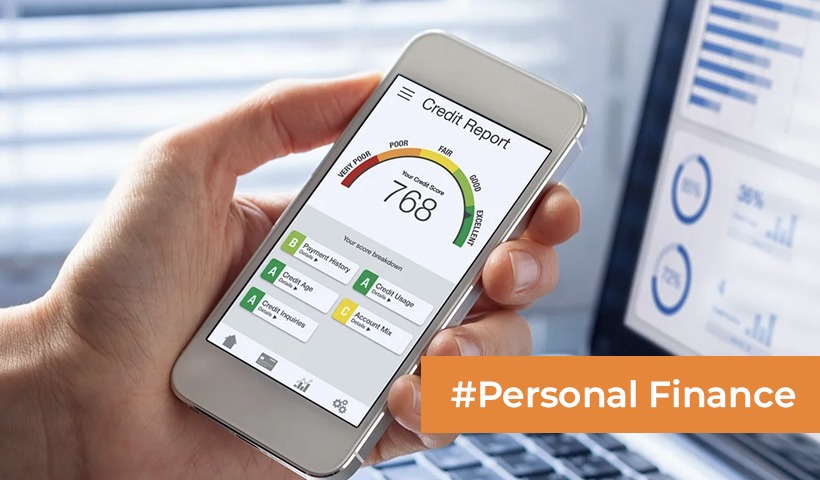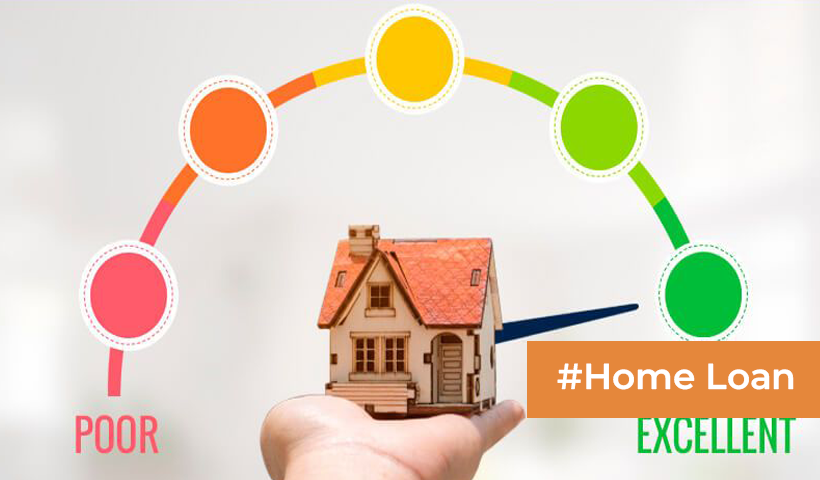Understanding Loan Against PPF for Short-Term Home Financing in India
Public Provident Fund (PPF) is a popular long-term investment avenue in India known for its safety and attractive interest rates. However, many individuals might not be aware that they can leverage their PPF accounts for short-term financial needs, including home financing. In this article, we will explore the concept of Loan Against PPF and how Indian readers can use this facility as a viable option for short-term home loans.
Understanding the Public Provident Fund (PPF)
The Public Provident Fund (PPF) is a government-backed savings scheme introduced to encourage systematic long-term savings among Indian citizens. Key features of PPF include:
- Tenure: The PPF has a fixed tenure of 15 years, which can be extended in blocks of 5 years indefinitely.
- Interest Rate: The interest rate on PPF is determined by the government and is usually higher than the average market rate. As of my last knowledge update in 2022, the interest rate is around 7.1%.
- Tax Benefits: Contributions to PPF, interest earned, and the maturity amount are all exempt from income tax under Section 80C of the Income Tax Act.
Loan Against PPF: A Brief Overview
Loan Against PPF is a facility that allows individuals to borrow money against the balance in their PPF accounts. This feature provides a source of short-term financing without disturbing the long-term nature of the PPF investment. Here’s what you need to know about Loan Against PPF:
- Eligibility:
- Account holders can apply for a loan against their PPF after the completion of the third financial year but before the end of the sixth financial year from the account opening date.
- Loan Amount:
- The maximum loan amount is capped at 25% of the PPF account balance at the end of the second financial year preceding the year in which the loan is applied for.
- Interest Rate:
- The interest rate on the loan is typically 1% to 2% higher than the prevailing PPF interest rate. As of my last knowledge update, it was around 8% to 9%.
- Repayment Period:
- The loan must be repaid within a maximum period of 36 months, in equal monthly installments.
- Security:
- The PPF account balance serves as security for the loan, and the loan is to be repaid from the account holder’s other sources of income.
Using Loan Against PPF for Short-Term Home Financing
Now, let’s delve into how Indian readers can strategically use Loan Against PPF for short-term home financing:
1. Bridge Loan for Down Payment:
- Individuals planning to buy a home can use the loan against their PPF for the down payment. This provides a quick and accessible source of funds to fulfill the initial payment requirements.
2. Emergency Home Repairs:
- If homeowners face unexpected repairs or damages to their homes, a Loan Against PPF can be a quick solution to cover the repair costs without resorting to high-interest loans.
3. Temporary Cash Flow Crunch:
- In situations where individuals are awaiting funds but need immediate financing, a Loan Against PPF acts as a bridge to manage temporary cash flow issues associated with home-related expenses.
4. Advantageous Interest Rates:
- While the interest rates on the loan against PPF are higher than the regular PPF interest rates, they are often more favorable than other short-term loan options, making it an economically viable choice.
5. Avoiding Liquidation of Investments:
- Opting for a Loan Against PPF allows individuals to retain the benefits of their long-term PPF investment while accessing funds for short-term home-related needs. This strategy prevents the liquidation of PPF investments, which could impact the long-term financial goals.
Steps to Avail Loan Against PPF for Home Financing
1. Check Eligibility:
- Ensure that you meet the eligibility criteria, including the completion of the third financial year but before the end of the sixth financial year from the PPF account opening date.
2. Visit the Bank/Post Office:
- Visit the bank or post office where your PPF account is held to inquire about the Loan Against PPF facility. Different banks and post offices may have slightly different procedures.
3. Complete the Application:
- Complete the application form for the Loan Against PPF, providing the necessary details and specifying the purpose of the loan.
4. Submit Required Documents:
- Submit the required documents, including the loan application form, identity proof, address proof, and any additional documents as specified by the bank or post office.
5. Review Loan Terms:
- Review the terms of the loan, including the interest rate, repayment period, and other relevant details. Ensure that you understand the implications of taking the loan against your PPF and that it aligns with your short-term financial goals.
6. Approval and Disbursement:
- Once the application is submitted and documents are verified, the bank or post office will process the loan. Upon approval, the loan amount will be disbursed to your designated account.
7. Repayment Planning:
- Plan for the repayment of the loan within the stipulated period. Understand the monthly installment amounts and ensure that you have a repayment strategy in place to avoid any defaults.
8. Monitor Interest Rates:
- Keep an eye on the interest rates associated with the loan against PPF. While they are typically higher than the PPF interest rates, understanding the current rates will help you make informed financial decisions.
9. Regularly Contribute to PPF:
- Continue contributing to your PPF account regularly even while repaying the loan. This ensures that your long-term savings and interest continue to grow, maintaining the financial health of your PPF investment.
Considerations and Precautions
While Loan Against PPF can be a valuable resource for short-term home financing, there are certain considerations and precautions to keep in mind:
- Impact on PPF Interest Calculation:
- The loan amount is deducted from the PPF account balance for interest calculation. This means that the reduced balance will impact the overall interest earned on the PPF investment.
- Default Consequences:
- Failing to repay the loan within the specified period can lead to penalties and additional charges. It’s crucial to adhere to the repayment schedule to avoid any adverse consequences.
- Evaluate Alternative Financing Options:
- Before opting for a Loan Against PPF, assess alternative financing options available in the market. Compare interest rates, terms, and conditions to ensure that this is the most suitable choice for your financial needs.
- Strategic Use for Short-Term Needs:
- Utilize the loan against PPF for short-term financial needs that align with your overall financial plan. Avoid using it for discretionary or non-urgent expenses to preserve the long-term benefits of your PPF investment.
- Regularly Review Financial Goals:
- Regularly review your financial goals and assess whether utilizing the Loan Against PPF is in line with your broader financial objectives. Adjust your strategy as needed to stay on track with your long-term financial plans.
In conclusion, the Loan Against PPF presents an innovative and convenient option for Indian readers to meet short-term home financing needs without compromising the long-term benefits of their PPF investments. By understanding the eligibility criteria, loan terms, and strategic applications, individuals can leverage this facility to bridge financial gaps associated with homeownership.
As with any financial decision, careful planning, thorough consideration of alternatives, and adherence to repayment schedules are paramount. By using the Loan Against PPF judiciously, individuals can unlock the financial potential of their PPF investments while navigating the dynamic landscape of short-term home financing in India.




